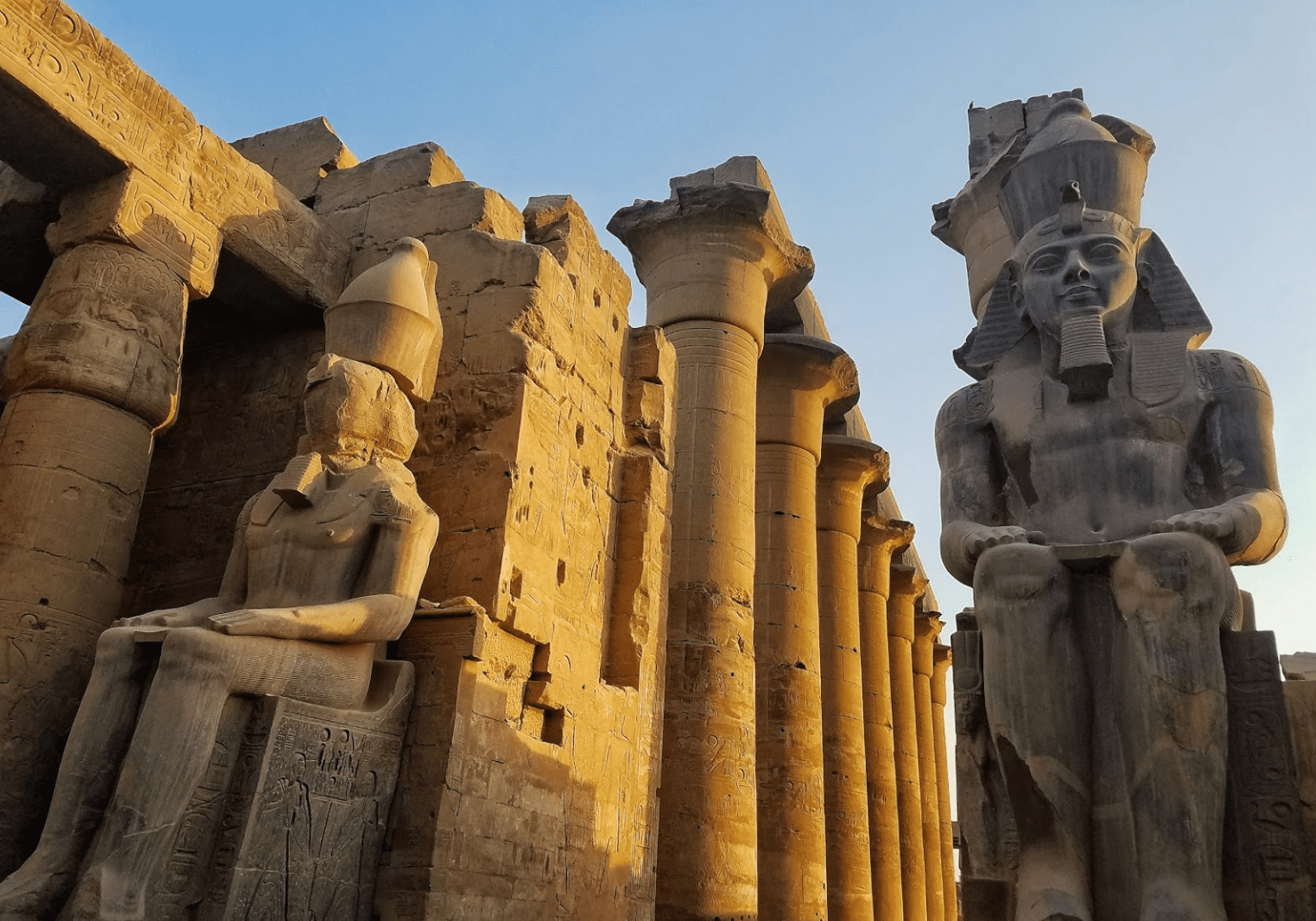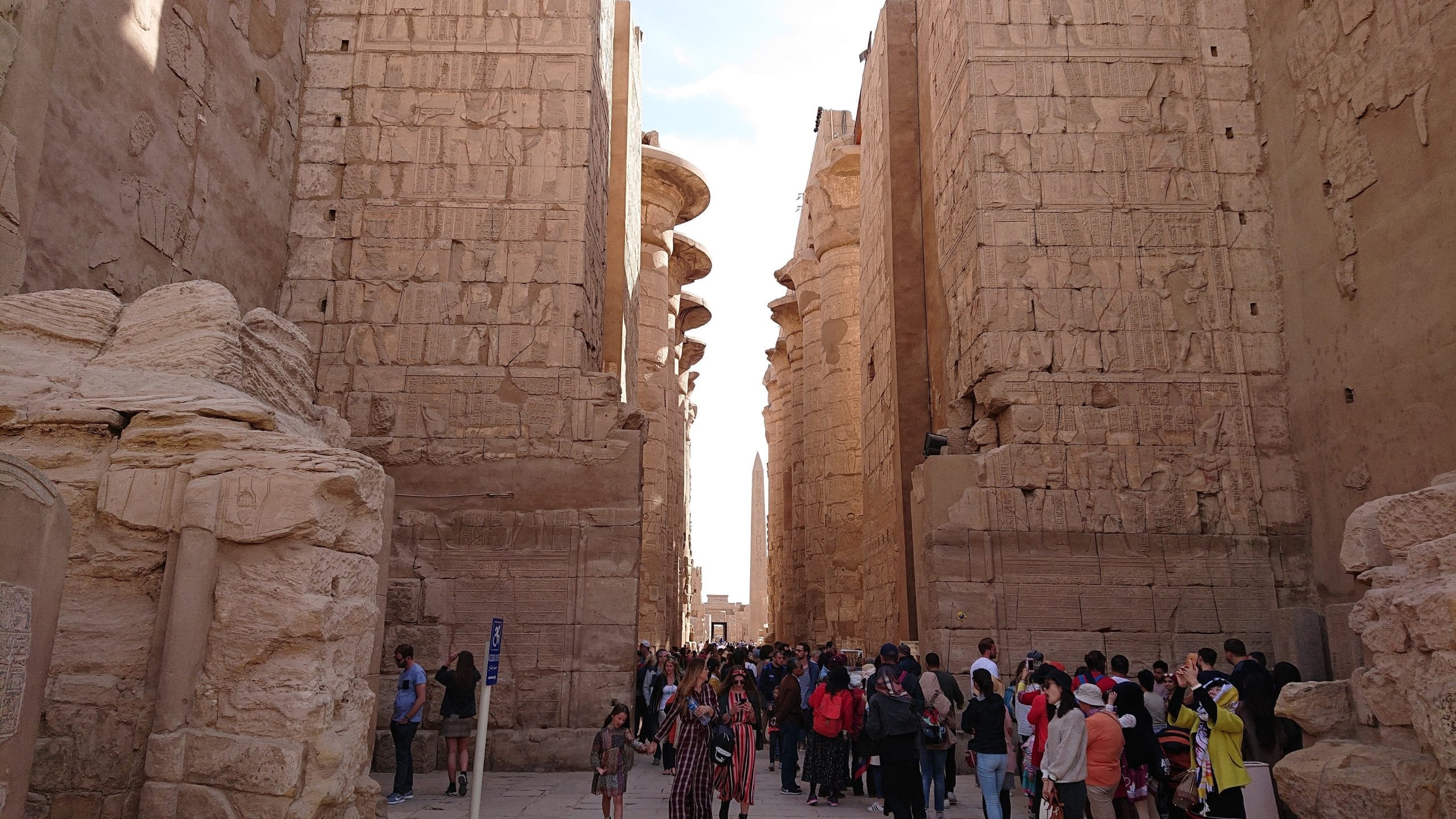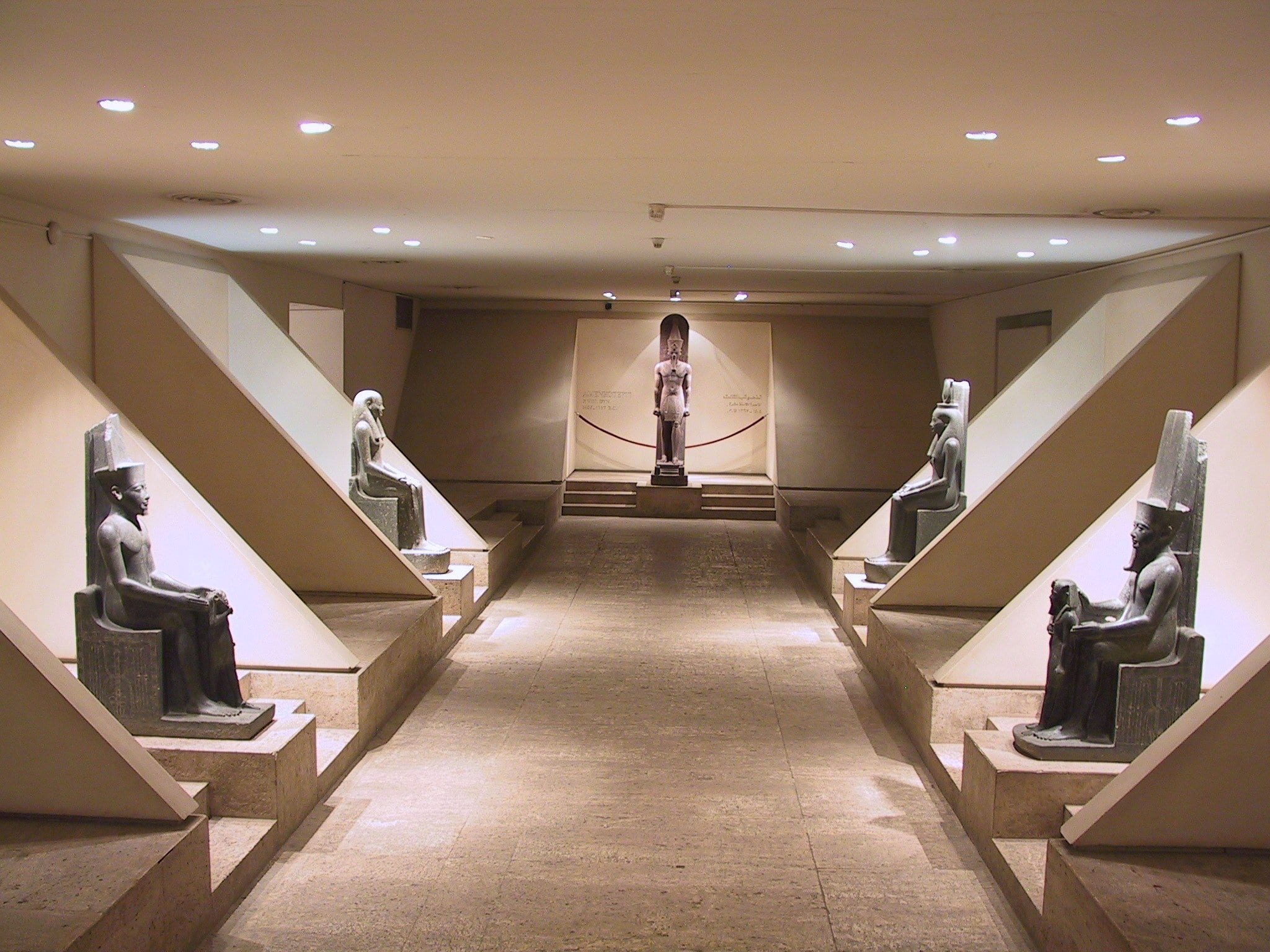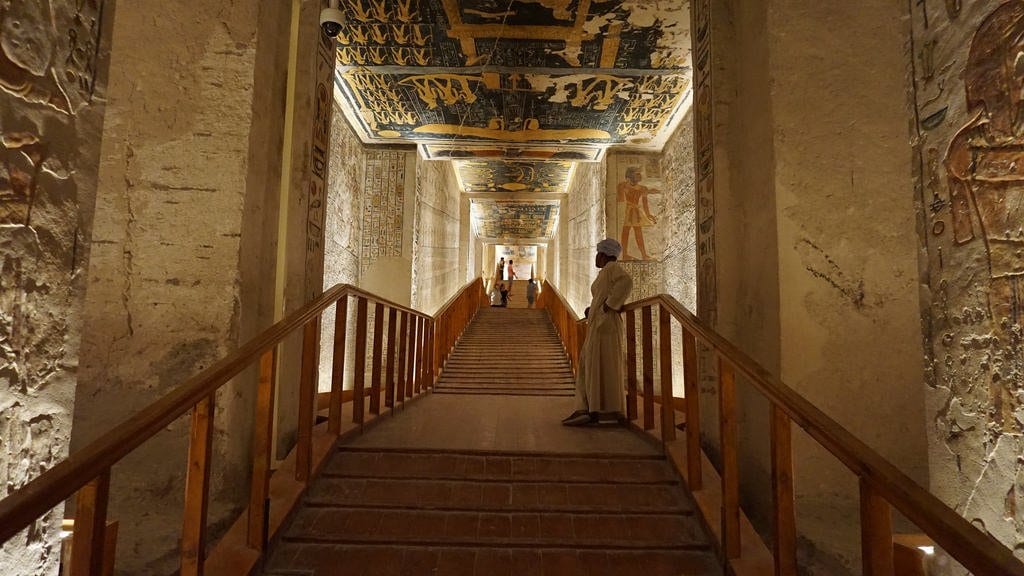On the east bank of the Nile River in southern Egypt is the city of Luxor. Luxor is an ancient city, with its history stretching back to the 16th–11th centuries B.C. Right on the sites of the pharaoh’s capital, Thebes. It’s a gorgeous town graced by two iconic landmarks of the Luxor Temple and Karnak Temple. Lovers of nature and authenticity will find plenty to admire in its Luxor museum and the royal tombs. Die-hard romantics will enjoy breathtakingly beautiful setting of the Nile flowing through the modern city. Cut through the river’s west bank are the historical royal tombs of the Valley of the Kings and the Valley of the Queens. Here’s some of the best things to see and do in Luxor, Egypt.
We also recommend our brief travel guide to Egypt, the best time to visit.
Luxor Temple

Located on the east bank of the Nile River is the Luxor Temple. This large Ancient Egyptian temple complex is right in the centre of the city on the Corniche El-Nil. The amazing Temple was constructed approximately 1400 BCE with the main function for the annual Opet celebrations. It can get very crowded as many guests visit to explore and admire the beauty that it truly is – huge statues with stunning carvings and colours preserved. Quite a magical lit up at dusk. A classic tourist site, an absolute must-see place!
Address: Luxor City, Luxor, Luxor Governorate, Egypt
Mortuary Temple of Hatshepsut
Situated in Upper Egypt on west bank of the Nile near the Valley of the Kings, is the Mortuary Temple of Hatshepsut. An impressive site to behold a mortuary temple of Ancient Egypt. Hatshepsut was a female pharaoh, known throughout history for governing as any other pharaoh despite being a female. And the temple serves as her mortuary temple as well as a sort of memorial to her reign. There are stories on the walls about some of her exploits – arrangements for trading expedition to the distant land of Punt. This site is well worth a visit. Any Egyptologist available will bring the history of this place to life.
Address: Kings Valley Rd, Qesm Al Wahat Al Khargah, New Valley Governorate, Egypt
Karnak

The Karnak Temple Complex, commonly known as Karnak, arguably the largest historical site in the world. Covering acres and acres that comprises a vast mix of decayed temples, chapels, etc. Are you interested in Egyptian history? Then this is the place to visit. Visitors spend hours here, and still get blown away by the greatness. Karnak is an absolute wonder. Home to one of the world’s largest religious complexes, the great Temple of Amun-Ra. In ancient times, Karnak was the power temple, most pharaohs felt the need to add their own chapel or statue. Be sure to make out time to, enough time to allow you soak in the atmosphere and all you see in its glory. And you’ll most likely to visit again, to make sense of the overwhelming luxury of ancient remains. A dream experience in a magic setting that leaves visitors overwhelming and awe–inspiring feelings. Highly to visit whenever in Luxor, Egypt. Always a great value for money.
Address: El-Karnak, Luxor, Luxor Governorate, Egypt
Luxor Museum

This is an archaeological museum in located in Luxor, Egypt. Relatively small but beautiful museum overlooking the west bank of the River Nile. Makes for a fantastic fun visit to see some stunning exhibits including the mummies. And brilliant collections of antiquities dating from the end of the Old Kingdom right through to the Mamluk period, arts found at Thebes. Easily one of the most rewarding sights in Luxor, and one of the best museums in Egypt.
Address: Kornish Al Nile, Luxor City, Luxor, Luxor Governorate, Egypt
Colossi of Memnon
You cannot help but notice these gigantic figures sitting stoically among fields, magnificent statues of one of the most influential rulers of the 18th dynasty. Big statues of King Amenhotep III. 60 feet high, about 3,400 years old. Llocated west of the River Nile from the modern city of Luxor. Well worth a stop, best time is before sunset or after sunrise, then the colours are nice.
Address: Al Bairat, Luxor, Luxor Governorate, Egypt
Valley of the Kings

Situated on the west bank of Luxor is the Valley of the Kings. Also known as the Valley of the Gates of the Kings, and had been the site of royal burial site since around 2100 BC. Mostly for the pharaohs and powerful nobles of the New Kingdom – once called the Great Necropolis of Millions of Years of Pharaoh. From the tomb of Ramses III to the tomb of Tutankhamun, there are 63 tombs with more being discover. If you love Egyptology, visiting here should right at the top of your places to visit. Easily one of the best attractions in Luxor, and the entire Egypt. So rich of history.



